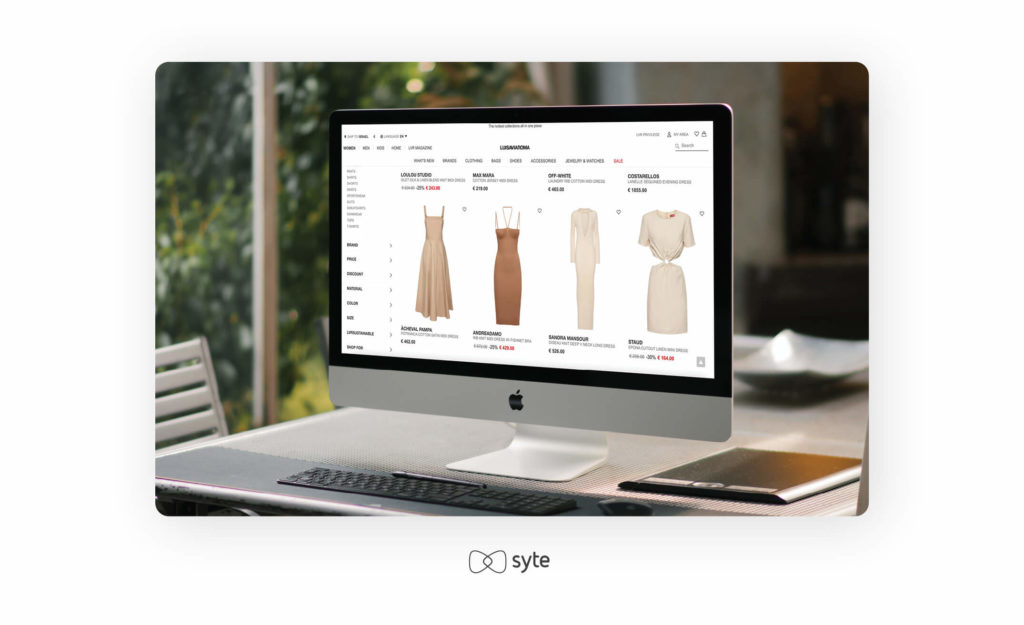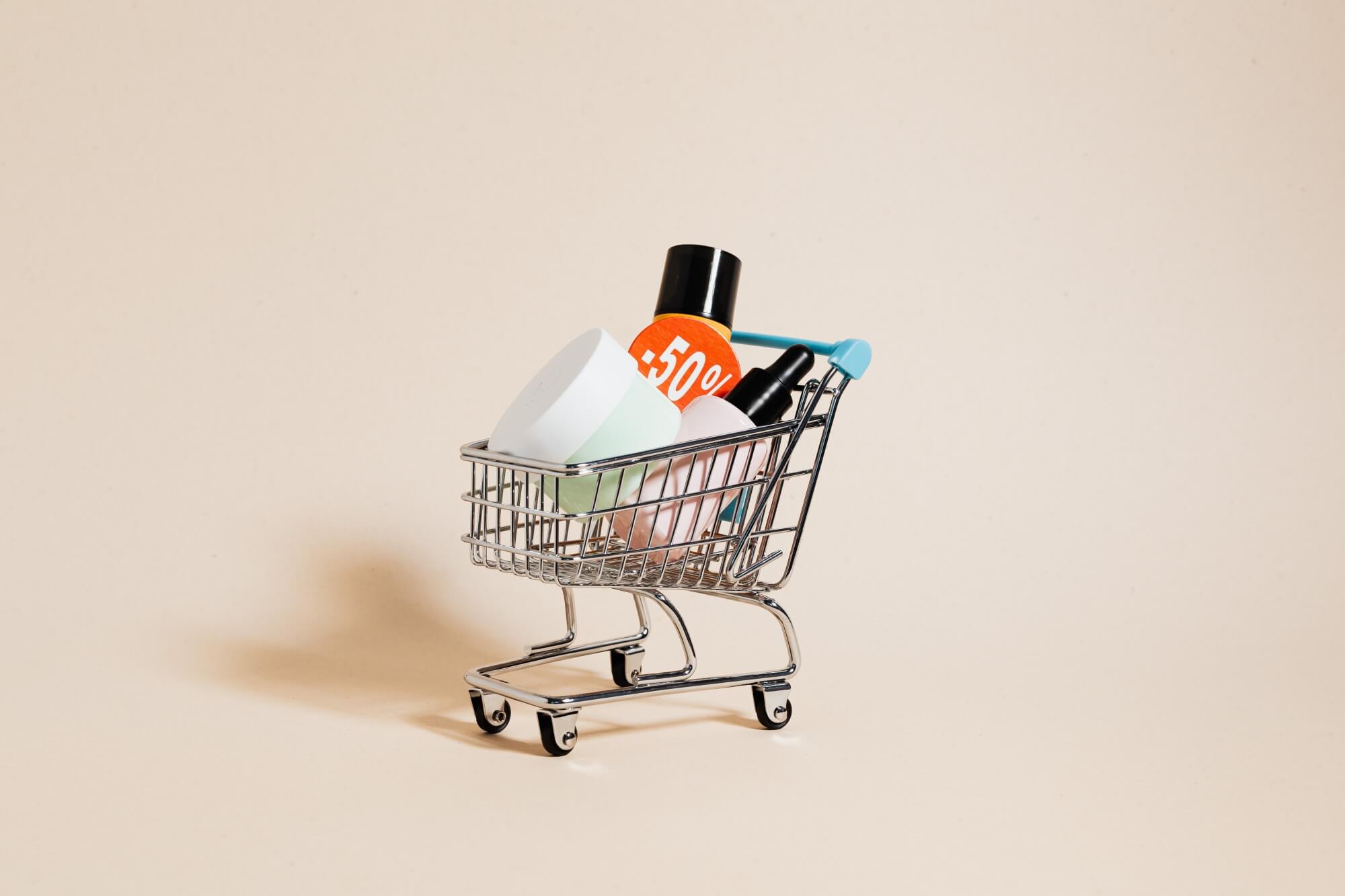Gross Merchandise Value (GMV) pertains to the total amount a brand earns from sold merchandise or handled transactions in a particular period, often made quarterly or yearly. The computation is made prior to the deduction of accrued expenses. These expenses include advertising spend, marketing costs, returns, and discounts.
There is more than one way to compute the gross merchandise value, but the most common formula is multiplying the sales price of goods by the number of goods sold.

The GMV is among the metrics used to determine the health of a brand every quarter or every year. It is also a common indicator of company growth, especially when used to compare results over time. If your GMV has an upward trajectory, it generally means that your business is doing well because you are driving enough conversions with your products and services. However, the GMV is used in conjunction with other revenue metrics to paint a more complete picture of how a brand is performing.
The term is also referred to as gross merchandise volume.

Why GMV Matters
The gross merchandise value is one of the metrics used to measure the overall financial health and growth of a brand. That’s because it measures the volume of sold merchandise or services and their complete value. However, it paints a more accurate picture when used alongside other metrics, such as customer acquisition cost, average order value, average revenue per user, and customer lifetime value, among others. This is because the GMV doesn’t consider accrued fees and expenses, and more expensive items tend to increase the value even when the profit margins are lower.
On its own though, it can help brands and retailers see how they are faring compared to their competitors. The GMV also helps determine whether you’re meeting your goals and create new ones. There is also insight on the products and services that sell, which consequently mean what your customers desire. This can help brands and retailers put more of their marketing efforts or modify merchandising strategy in favor of certain products than others.
How to Improve Gross Merchandise Value
Here are some ways to improve your GMV:
- Offer free shipping. When customers can discount the shipping fees from their expenses, they are more willing to add more products to their cart. You can incentivize shoppers after they reach a certain amount.
- Cross-sell and upsell. Make it easy for customers to find products that will complement their purchases. You can use recommendation carousels across the board, up to the checkout process.
- Offer bundles. Similar to cross-selling and upselling, you can add more products to your shoppers’ cart by giving them more value with each transaction. Brands can offload some old inventory this way, while still making customers feel that they are getting a great deal.
- Have exceptional customer support. When customers feel that they can depend on you should they run on issues during the purchase, they become more confident in finalizing their transactions and repeating the process in the future.